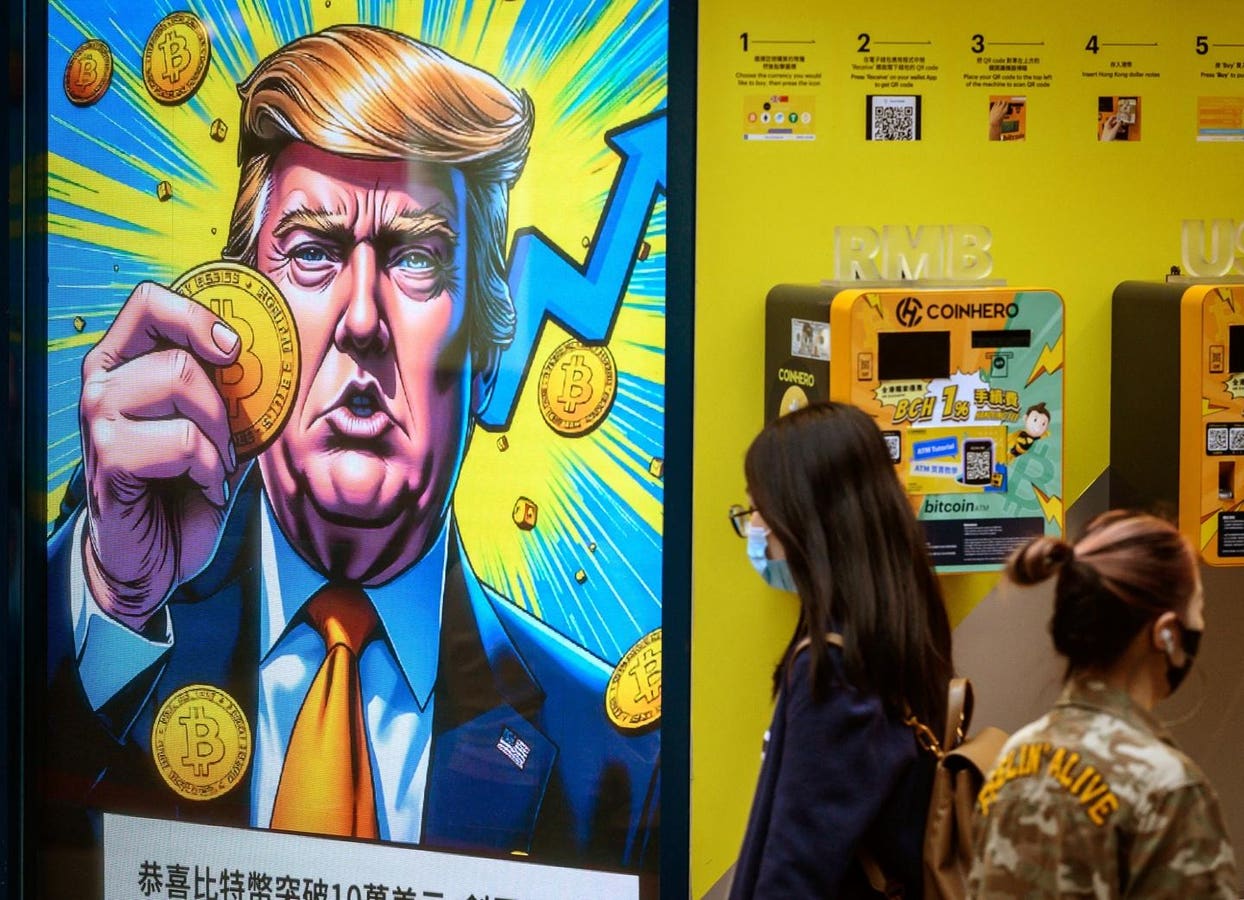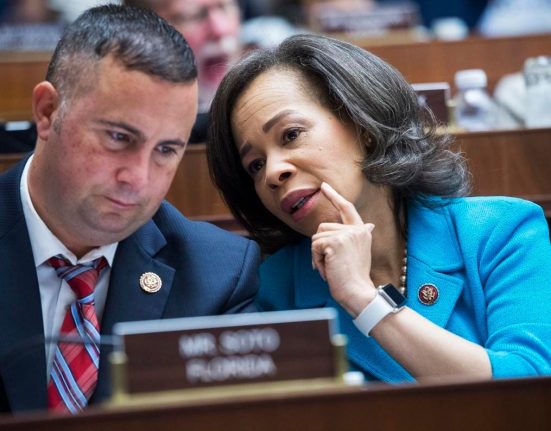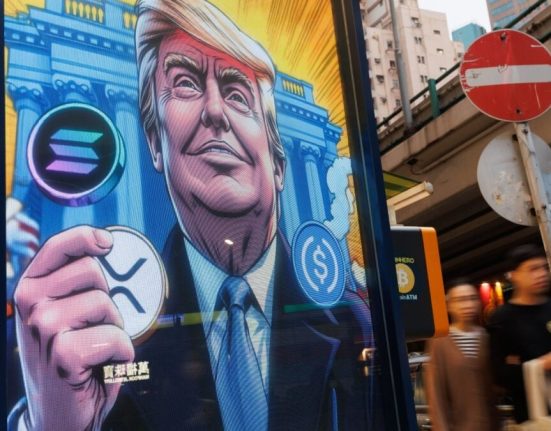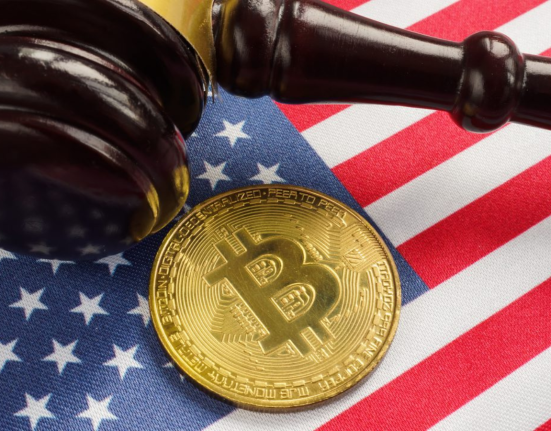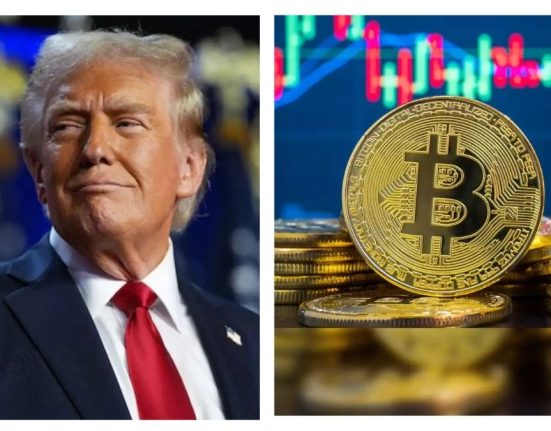Photo by MLADEN ANTONOV/AFP via Getty Images
Crypto has long thrived in the gray zone between innovation and oversight. As US policymakers push for structure, the industry faces a moment that could unlock scale, capital, and global relevance.
Following multiple conversations with industry leaders and perspectives from my work with the Crypto Council for Innovation, a global alliance of leading crypto industry organizations dedicated to advancing innovation and advocating for responsible, inclusive regulation of digital assets worldwide, there is a turning point: upcoming frameworks that will guide crypto’s next phase.
Reframing US Crypto Policy toward Regulatory Clarity
Three days into his second term, President Donald Trump signed a sweeping executive order. The January 23 “Strengthening American Leadership in Digital Financial Technology” order rescinds a 2022 directive issued under President Joe Biden. It overturned a 2022 Biden-era directive, replacing a primarily enforcement-led posture with a new strategy focused on proactive governance. In an unprecedented move on March 6, 2025, President Trump signed an executive order to create a Strategic Bitcoin Reserve. Funded with seized Bitcoin from criminal cases, the reserve won’t be sold but held as a long-term strategic asset.
The SEC reorganized its crypto oversight efforts into the “Cyber and Emerging Technology Unit,” a pivot toward long-term rulemaking, and launched a task force to develop a “comprehensive and clear regulatory framework.” SEC Chair Hester Peirce said the goal is to allow businesses the “freedom to experiment and build interesting things”. In April, Deputy Attorney General Todd Blanche ordered the immediate disbanding of the Department of Justice’s National Cryptocurrency Enforcement Team (NCET). The decision, outlined in a four-page memo titled “Ending Regulation By Prosecution” on April 7, marks a clear break from the previous administration’s approach.
The GENIUS Act, proposed first in February 2025, is Washington’s first serious attempt to bring stablecoins—the “digital dollars” quietly powering crypto markets—under a clear, federally backed regulatory framework (US Senate Committee on Banking, Housing, and Urban Affairs, 2025). At the time of writing, roughly $243 billion in stablecoins were circulating globally, over 90% dollar-denominated. The bill proposed strict reserve, audit, and transparency standards for stablecoins, banning claims of government backing. Though the GENIUS Act didn’t pass in May 2025, it sparked rare bipartisan momentum and paved the way for future consumer-focused crypto legislation.
So far, the impact has been palpable, and the crypto market saw a burst of deal activity and renewed investor enthusiasm. A headline example: the $3.6 billion merger between bitcoin firm Twenty One Capital and a SPAC led by Brandon Lutnick, son of Commerce Secretary Howard Lutnick, captures the mood: confident, opportunistic, and ready to scale. Companies are moving quickly to capitalize on a climate ripe for innovation, public listings, and growth in digital assets.
This shift in tone hasn’t gone unnoticed: it’s already transforming how firms approach infrastructure, legal strategy, and institutional trust.
Regulatory Clarity Breathes New Life into Infrastructure Expansion
This adjustment in policy tone has already triggered tangible change on the ground. Uminers CEO Batyr Hydyrov sees the SEC’s updated stance on proof-of-work mining as a catalyst: “The SEC’s clarification that certain proof-of-work mining activities are not subject to securities regulations could reduce compliance burdens for miners. This shift and the broader approach to crypto regulation have opened new opportunities to accelerate the most ambitious parts of our roadmap.”
For Hydyrov, establishing a national strategic Bitcoin reserve is a major catalyst. “Establishing a national strategic Bitcoin reserve signals growing institutional acceptance of cryptocurrencies, potentially encouraging further investment in mining infrastructure.”
Still, Hydyrov is not abandoning caution. “We are scaling targeted investments, particularly in regions that previously carried higher regulatory risks. However, we maintain a disciplined approach: regulatory cycles are inherently unpredictable… We view the current climate not as a reason to slow down or become complacent, but as an opportunity to expand thoughtfully while preparing for potential shifts in global policy.”
Legal Realignment and Equitable Access
As the regulatory fog lifts, the legal frameworks governing market participation are also being redefined. Frank Hepworth, founder of Yieldschool and former regulatory attorney, sees the policy pivot as a structural green light for decentralized models: “It’s a signal. On-chain businesses do not want their tokens to trade on SEC-regulated platforms… the administration is giving the nod for any competitive advantage to go ahead and run in the market. Consequently, with the risk of punishment being lessened, we can expect more businesses to be going on-chain now.”
And that shift, he argues, is upending the traditional regulatory complex. “Several notable crypto attorneys like Gabriel Shapiro have commented that this administration is BAD for their profession, but a strong net positive… I agree with this.”
But Hepworth’s sharpest critique targets outdated access rules: “Voluntary compliance is healthy… But mandating the regulation leads to the unequal outcomes that define US wealth inequality.” His vision? “It should be crypto-led and crypto-native in its design.”
So, as legal structures open up and on-chain innovation accelerates, the next barrier becomes psychological: institutional trust. That’s where the industry is now, setting its own standards.
Transparency as a Hedge Against Uncertainty
Even as regulation becomes clearer, it hasn’t yet become complete. And in that interim space, trust must be actively built. GT Protocol, led by Peter Ionov, navigates that very edge. “Yes, the deregulatory trend has sent mixed signals to the market. On one hand, loosening regulatory control is often seen as a green light for innovation… On the other, the lack of clear regulatory frameworks raises concerns among institutional players.”
Ionov says investor responses split along familiar lines: “It largely depends on the type of investor. More agile, risk-tolerant entities… may see this as an opportunity window. In contrast, traditional financial institutions… tend to remain cautious, awaiting more clarity.”
Right now, the market-led approach to confidence-building enables responsible innovation, especially in sectors looking to modernize legacy systems: “The industry is shifting toward transparency as a core trust-building mechanism… Companies are open-sourcing code, publishing audit reports, and collaborating with licensed providers.”
Lighter Regulation as a Catalyst for Economic Evolution
With transparency strengthening investor confidence and access expanding through legal innovation, the stage is set for the next phase: scaling bold ideas. For Construct Koin, that means using AI and blockchain to transform real estate finance. Co-founder Chris Baldrey-Chourio explains: “Lightening the regulatory load doesn’t mean abandoning rules. It means creating space for real-world solutions to scale.”
But with global competitors—like the EU and Singapore—accelerating their own crypto strategies, he offers a warning: “America’s got the lead now, but that edge won’t last without action,” he adds, citing growing global momentum around central bank digital currencies and stablecoin standards.
He’s cautious about overreach but sees reduced enforcement as a catalyst for experimentation, if paired with collaboration. “We need regulators and builders at the same table,” he says. “That’s how you protect consumers and still let breakthroughs happen.”
And that dialogue must be grounded in shared principles and ethics, not just shared interests.
Centering Ethics Amid the Policy Whiplash
Bringing the conversation in full circle, Andrea Perlak, CPA and founder of Crypto Accounting Group, contends, “Organizations and industries within the Web3 industry are, and have been, focused on high ethical standards since inception… Unethical behavior within the industry is reviled, and in a small industry, a bad reputation has a lasting impact.”
She rebuts the myth that decentralization means chaos. “Decentralization and accountability are not mutually exclusive concepts… Through transparency, multiple layers of governance, and incentives, these systems thrive.”
The narrative of deregulation misses the mark, as Perlak points out, “The concept that the crypto industry is being deregulated is a misnomer… ‘Regulation by enforcement’ was rampant under the prior administration… Once proper legislation exists, the industry will sigh relief.”
Finally, with real frameworks on the horizon, the industry isn’t dodging oversight—it’s ready to meet it on solid ground.
Bottom Line
Together, these voices reflect a growing sector moving from confusion to shared standards, and from closed systems to open, ethical innovation. If the industry seizes this window to lead with transparency, ethics, and inclusivity, not because it’s required but because it’s right, it could redraw the blueprint of modern finance

